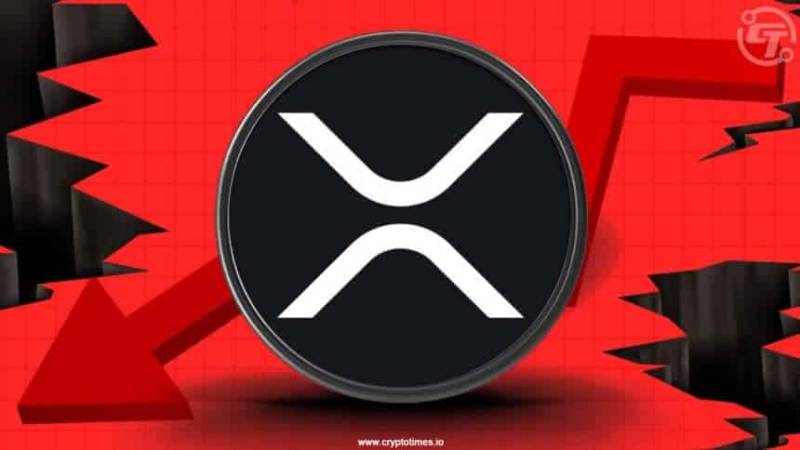Trident3 has developed a purported „P2P“ identity. Named T3id, it is an NFT that is now valid on more than 70 blockchains thanks to LayerZero. Could this be the breakthrough for a Web3 identity?

A purported "P2P" identity has been developed by Trident3. Named T3id, it is an NFT that is now valid on more than 70 blockchains thanks to LayerZero. Could this be the breakthrough for a Web3 identity?
In the realm of blockchains and cryptocurrencies, identity poses a persistent challenge. Tethering it too closely to on-chain data, such as addresses or balances, compromises user privacy; whereas its absence diminishes trust. This delicate issue lacks a definitive golden solution, presenting only good or bad compromises—perhaps explaining the multitude of approaches but the lack of a single, cohesive solution to date.
Ideally, a digital identity that bridges the traditional internet and blockchains would be decentralized, eliminating the presence of a central data conglomerate and potentially even operating on a P2P basis; it would not consolidate the identity within a single element but rather fragment it, revealing only what is necessary. For instance, if you need to attest to being over 18, possessing a driver's license, being a resident of a municipality, or being an experienced investor—why should you be compelled to disclose any further information?
For years, the W3C Consortium has championed such a model under the descriptor DIDs, which stands for "Decentralized Identifiers." Now, Trident3 claims to be bringing "P2P identity" to blockchains, which aligns closely with this concept. Through LayerZero, it spans more than 70 blockchains.
T3id is, as Trident3-CEO Steve Goldstein outlines to the magazine Crypto Briefing, "an NFT that sits in the wallet and then gets a name chosen by the user. It is his choice what information he uploads to authenticate himself. He can upload a photo, an ID, his driver’s license. He can upload any certificate to authenticate himself."
On the Trident3 website, you will find only scant information about T3id; the company seems to prefer blogging on various Web3 topics while keeping the technical details of their product largely concealed. If it is indeed as Goldstein says, the solution would come remarkably close to the W3C's DID program. You can upload any information you wish, give it a name, and presumably have it verified by Trident3. It sounds intriguing—but you would like to know much more than the startup reveals. You cannot directly test it but can only sign up for a waitlist.
The NFT is reportedly non-transferable, making it a Soulbound Token that cannot leave the wallet. Such a Soulbound Token is widely considered an ideal solution for digital identities in crypto wallets. Typically, LayerZero would first freeze a token on one blockchain and then mint it on another through a "Lock & Mint" mechanism. With a Soulbound Token, freezing is no longer necessary since it cannot be moved anyway, allowing LayerZero to map the NFTs to all other blockchains as desired.
Share this:Like this:


















































































